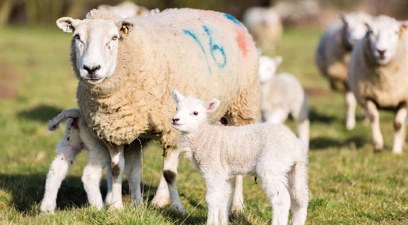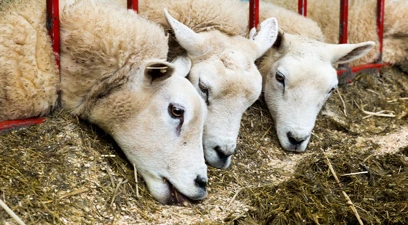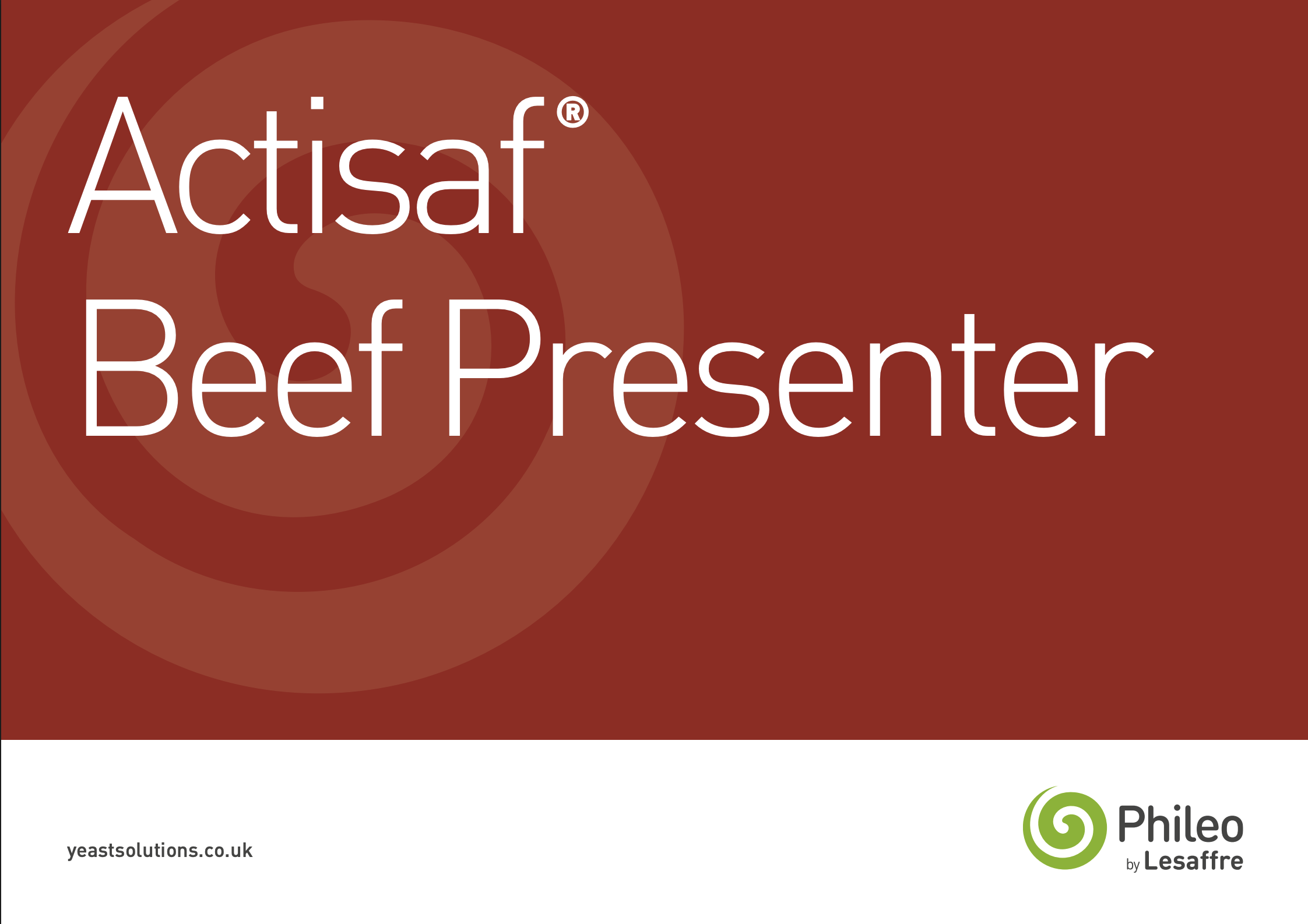Protect the rumen, protect beef and lamb performance
Published: 07 November 2025
High-cereal diets are essential in beef and lamb finishing, but they come with risks.
High-cereal diets are essential in beef and lamb finishing, but they come with risks. By supporting the rumen microbiome and maintaining stability, farmers can turn these challenges into an opportunity to finish cattle and lambs faster, more efficiently and more profitably.
A stable rumen environment is critical to efficient beef and lamb finishing as growth rates and feed efficiency determine profitability. But high-starch and low-fibre diets present challenges for the rumen microbiome, so staying on top of rumen function is paramount to a successful finishing period.
If left unmanaged, these pressures can lead to reduced digestion, rumen acidosis and lower overall performance – delaying finishing and cutting into margins.
The Risk of High-Cereal Diets
Cereals like barley, maize and wheat provide the starch and sugars needed to drive growth. However, they ferment rapidly in the rumen, producing volatile fatty acids and lactic acid. When the production of acids outpaces the rumen’s natural buffering system:
- Fibre-digesting microbes die off, reducing digestion and energy supply
- Rumen pH drops, creating an acidic environment
- Feed efficiency falls, delaying finishing and increasing costs
- Acidosis or SARA (sub-acute rumen acidosis) can develop, damaging the gut lining, impairing absorption and raising the risk of health issues
Even small shifts in rumen pH can have major impacts on fibre digestibility and growth performance.
Early Warning Signs
Spotting issues early can help farmers avoid costly setbacks. Signs of reduced digestive function include:
- Loose or bubbly dung with visible grain or fibres
- Variable intakes and inconsistent growth rates
- Poor rumen fill
- Reduced cudding activity
- Sudden setbacks in performance or condition
Practical Tips for Protecting Rumen Health
Farmers can take steps to manage risk and support rumen function during the finishing period:
- Adapt diets gradually – Introduce cereals over 2-3 weeks, starting at 3kg/head/day and increasing by 1kg every 3 days.
- Keep rations consistent – Provide a steady nutrient supply with minimal sorting and slug feeding.
- Maintain rumen pH – Avoid rapid diet changes, manage stress and include digestible fibre sources.
- Balance energy and protein – Ensure degradable and bypass nutrients are aligned to support microbial efficiency.
- Provide fresh water – Water is critical for microbial activity.
How Actisaf® supports beef and lamb finishing
Feeding Actisaf® Sc 47 live yeast (at least 800g-1kg/tonne feed, depending on feeding rates) helps stabilise the rumen environment by:
- Supporting fibre-digesting and lactate-utilising microbes
- Improving feed efficiency and energy extraction from diets
- Reducing the risk of acidosis by stabilising rumen pH
- Helping animals achieve faster finishing with fewer setbacks
📽️ Reducing acidosis and boosting beef cattle performanceOn the West Tanfield Estate, James Stainthorpe finishes around 270 cattle a year using home-grown cereals. Acidosis became an issue when transitioning onto new barley, and with support from W.E. Jameson, Actisaf® live yeast was introduced into the ration. The results were clear: reduced acidosis, more consistent dung, healthier cattle, faster finishing, and better carcass grades. |
||
📽️ Powering lamb performance |
Related Tech Info

As lambing season approaches, nutrition becomes one of the biggest influences on flock performance.

As we head towards the lambing season it is important to focus on ewe nutrition to ensure optimum flock performance. The ewe’...

Assuming farmers have assessed resources, prepared a budget and are going to finish home grown or bought-in lambs, there are ...


